The bus ride was bumpy. All passengers squeezed in a tiny van, unable to stretch properly if necessary headed to Bolivian Copacabana. It was my first time. The plans of visiting the highest lived lake in the world started two years ago when I first stood on South American soil. It somehow seemed very exotic to be in such far-away place where, as it is believed by indigenous people, the world was born. It was definitely a desired by us destination, one amongst many, of course. It somehow was difficult to achieve though. With so many plans, arrangements and job schedules in- between so many travels, Copacabana was somewhere far on the list. This continent has so many amazing places to offer that almost always something else was more appealing and tempting. Come on! It was not a difficult decision to choose between Copacabana and Galapagos, for example, or Machu Picchu or Easter Island. So ticking off all those incredible places first, we said to ourselves that we will go to Titicaca if time lets us.
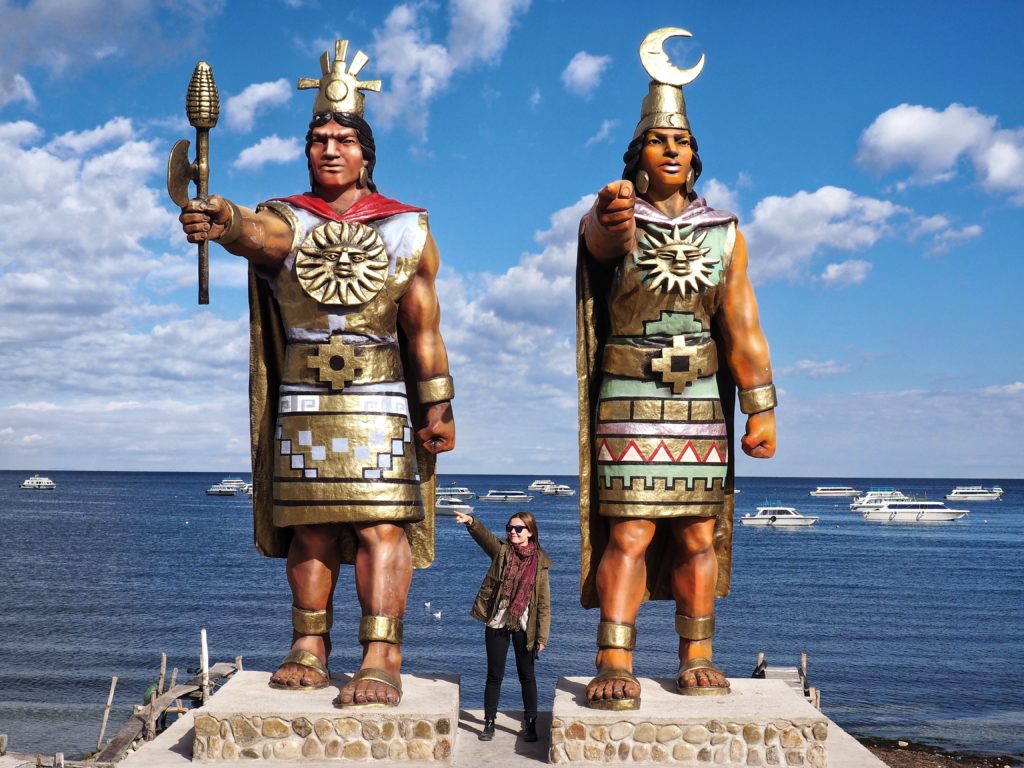
That time arrived eventually. We landed in La Paz early in the morning, plenty time to go to Copacabana. Very little plans were made beforehand. We do not plan our trips much ahead, we tend to go with the flow and be prepared to whatever the trip is offering. That’s what happened this time, too. After two years of postponing this trip, we were happy to be finally there. I wanted to go to Puno, my boyfriend didn’t. Too touristic, he said. We agreed to consider it if we get too bored in Copacabana, which actually never happened as we enjoyed ourselves enough.
With previous experience of bus rides in Bolivia I feared that this one would be smelly and dirty. It wasn’t. The van was small, but not dirty at all. After an overnight travel from Chile by bus, then by plane, half of the morning in the small van felt long. We could not help it but have a little snooze from time to time. After 2,5 hours of being squeezed at the back of a small van, followed by a short boat ride, then more in the van, we arrived to oh-so- famous Copacabana, a little town near the border with Peru.
High altitude was doing its job and our movements were like on a slow-motion mode. Copacabana was (well…is) small but hilly. Walk to our hotel took us a while, but the hotel was amazing. Kept in a style you would expect to find in this part of the world with colorful and interesting decorations. As you might know, Bolivia is very colorful. One of the most colorful places I have been to. The hotel was not only pretty, but also very comfortable. When we travel to high altitude places we usually try to stay in nice and comfortable places, especially due to the fact that I suffer altitude sickness quite severely at times. I cannot imagine myself being so unwell and at the same time be cold, lack hot water in the shower or sleep in an uncomfortable bed. I like my cosy necessities when I am not well.
See also: Keep calm…and go to Chile. What you need to know before your trip.
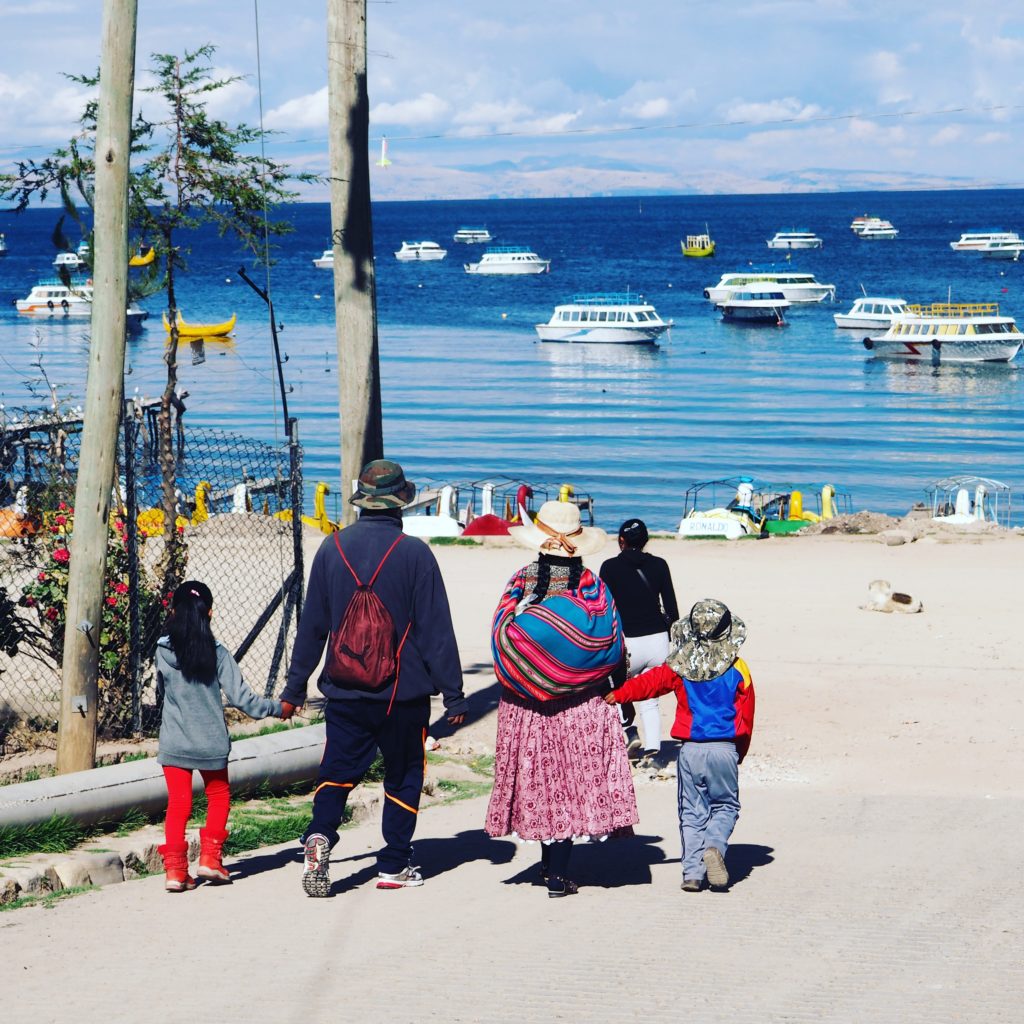
I had mixed feeling about Copacabana. On one hand it was a place I learned about in school, so far away, so misterious and full of legends. It must be incredible, right? And besides it is so cool to visit all the ‘the biggest’, ‘the smallest’, ‘the highest’ and so on places. Lake Titicaca is the highest navigable lake in the world, so it made it quite appealing to us.
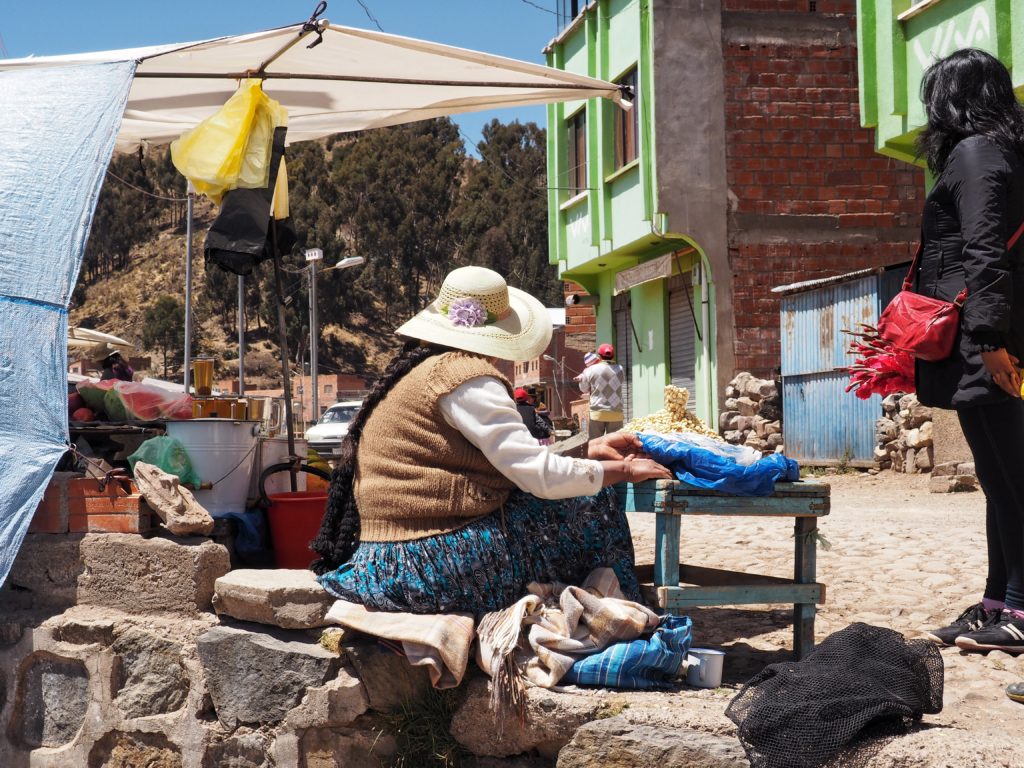
We really organized ourselves carefully to be able to plan this trip over a few free days, so we had our hopes quite high. Then we arrived to Copacabana and my enthusiasm dropped a bit. This little town seemed to exist especially for tourists. The long-lived traditions of the indigenous people were still (luckily) visible, but the tourism took over the charm of the town. On every corner small shops were selling cheap, massively China- made souvenirs. Employees of the restaurants along the shore of the lake were just waiting to wave the wrinkled menu lists in front of our faces. Something you get in flooded by tourists beach places. The narrow stripe of the beach was covered with plastic, sun-faded swans that you can take on a ride on the lake. My attention was guickly fixated on the cute baby llamas munching on a mid-day snack. It turned out that they were working their day shift by attracting tourists, who were forced to pay their fee for taking photos of those pretty animals.
The locals did not like being photographed. It is ok, I can understand that, but it seemed almost impossible to take photos of anything there because I was getting looks and words from people, even if they were far in the background. I think that I never got so many angry comments as I got on my travels to Bolivian places.
See also: Wine, sun and art. Visiting Mendoza, Argentina.
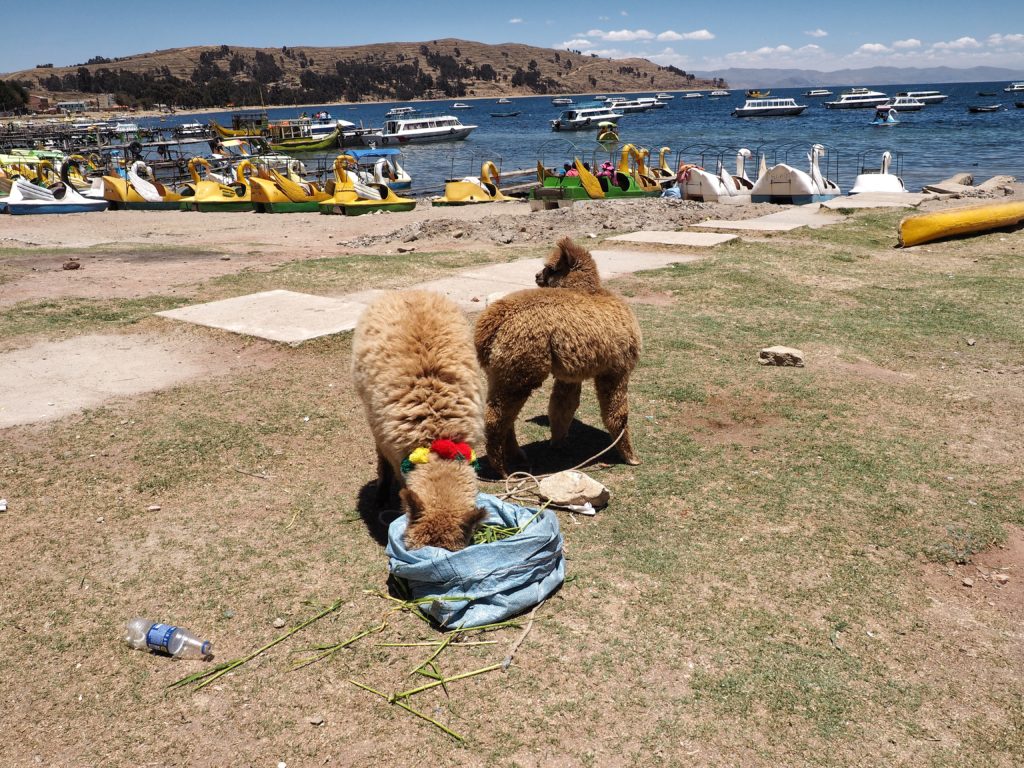
Copacaba town itself was a little bit disappointing. The lake however was more beautiful that I could imagine. Its electric blue colour was making my photos turn out so pretty and the sunset and the sunrise were addictive to watch. The first night we sat down on a balcony of one of the restaurants looking over the lake to see the sunset, At that point the temperature dropped rapidly and it got really chilly. We order crepes with melted chocolate to go with the sunset show (the worst possible crepe ever!), but it was so beautiful that the ruined desert did not affect my mood too much.
See also: Travel coaching and planning
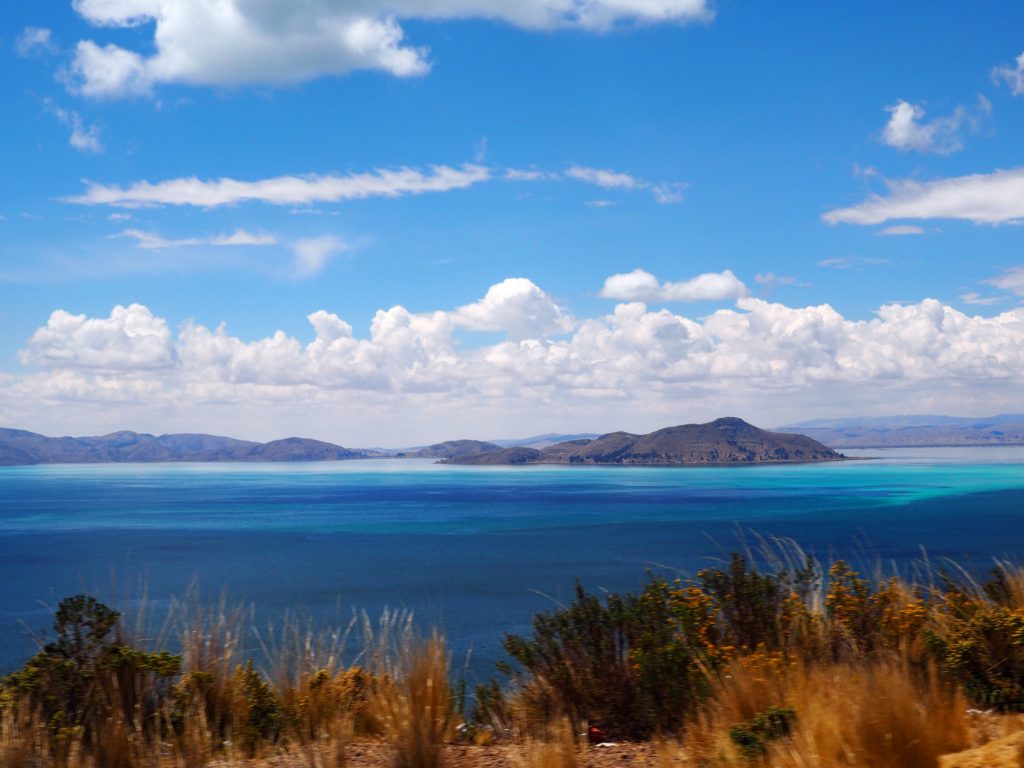
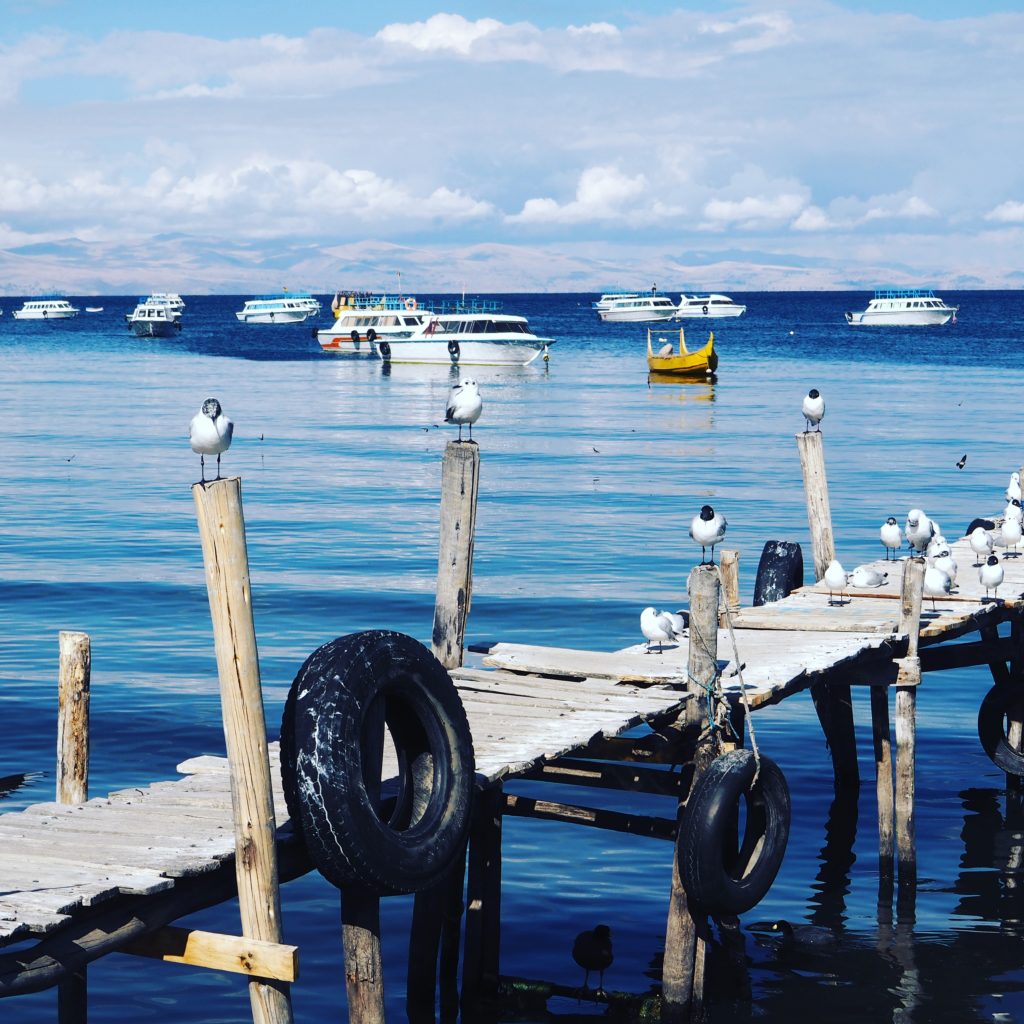
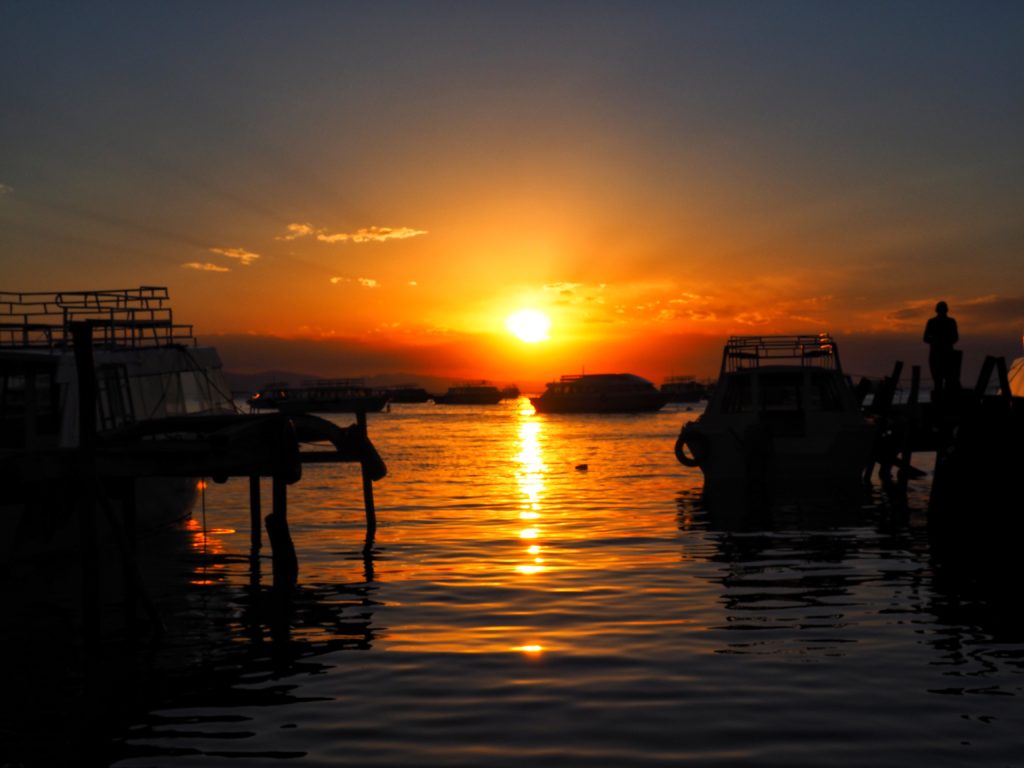
The next day we woke up early. It is unusual for me to set an alarm very early in the morning to see the sunrise, but after the orange show from the previous night I was so curious to see how the sunrise buy cheap accutane over the highest lake may look like. The hotel was situated on a hill and our room had a balcony, from where we could watch the start of a new day. The air was crisp and fresh, a luxury for us after so much time spent in the desert of Atacama in a polluted city.
See also: Muelle de las almas. The magic in Chiloé island.
Car blessing ceremony
We happened to be in Copacabana over the weekend. We heard previously that every Sunday in front of the church there is a blessing of cars. We were intrigued. The street turned into hundreds of colours filled with cars, new and old, and stands selling fresh or cheap fake flowers, balloons, pom-poms, confetti, plastic shiny little hats and any other things with a decorative purpose to be put on the cars. I must admit that it was something interesting to watch. The street was filled with cars lined up and many families traveled from far away to receive the blessing for their vehicles. It is so important that some people drive from the other side of the country to bless their cars. In Bolivia there is an opportunity to experience many indigenous rituals, superstitions and ceremonies celebrated to these days. Car blessing is a popular ceremony. Everyone who buys a car, whether it is new or second-hand, gets it blessed.
I love discovering funny, quirky or simply different traditions in other countries. What about you, guys?
See also: Top 10 traditional coffee shops in Buenos Aires according to the locals
Lake Titicaca- a birth place of the Sun
Lake Titicaca is a sacred place in Bolivia. According to the Incas it was a birthplace of the world. It all started from the god Viracoca rising up from the lake after a big flood to create the sun, moon, stars, and first people (Mallku Kapac and Mama Ocllo). The world was created.
There are ruins proving the long and amazing history of this place. Recently a big temple was discovered in the lake that is estimated to be 1500 years old. There is no end of the fascinating mistery and legends of this place.
The two island Isla del Sol and Isla de la Luna are the main places of interest. They are full of history and ruins. There are two sacred mountains on those islands, Paccha Mama (Mother Earth) and Paccha Tata (Father Earth) where on January 18 the locals dressed in traditional outfits walk up the hills. On their way down they offer grains, coca leaves and alcohol to the Mother Earth with thanks for its fruits. Pachamama is very important in Bolivia. Poeple give thanks and respect to the Mother Earth hoping it will give them resources for good life. This tradition is extremaly interesting, I think. If you’d like to know more, you can read about it in the book “Chinkana of the Titicaca“.
See also: Desierto Florido. Flowering desert of Atacama.
As I already mentioned earlier, Copacabana seems to be especially prepared for tourists. It is smart to use any resources available to get income. It makes me sad however, at times, that so many amazing places with rich traidtion turn into carefully organized places for tourists. It makes them loose their beauty a little bit. Hence my mixed feeling about this place. As much as I thought that the lake is incredible, Copacabana was a bit disappointing. It was still great to be there, no complaints about that. I just love being in new places.
There are a few tours you can take in Copacabana. We did not take any of them. The reson was twofold:
First, we were tired and a bit lazy and just wanted to slow down a little bit and enjoy walking around and peace and quiet. We did a few very dynamic trips before and I guess the batteries just burnt out.
Second, we lacked motivation after hearing that most of the things happening there are prepared specifically for tourists. Don’t get me worng, I am sure many people enjoy those tours…we just weren’t too convinced. And probably the argument above was a winner anyway. I met many people that really enjoyed those tours, so go for it!
See also: Buenos Aires for foodies- a little guide to eating in Buenos Aires
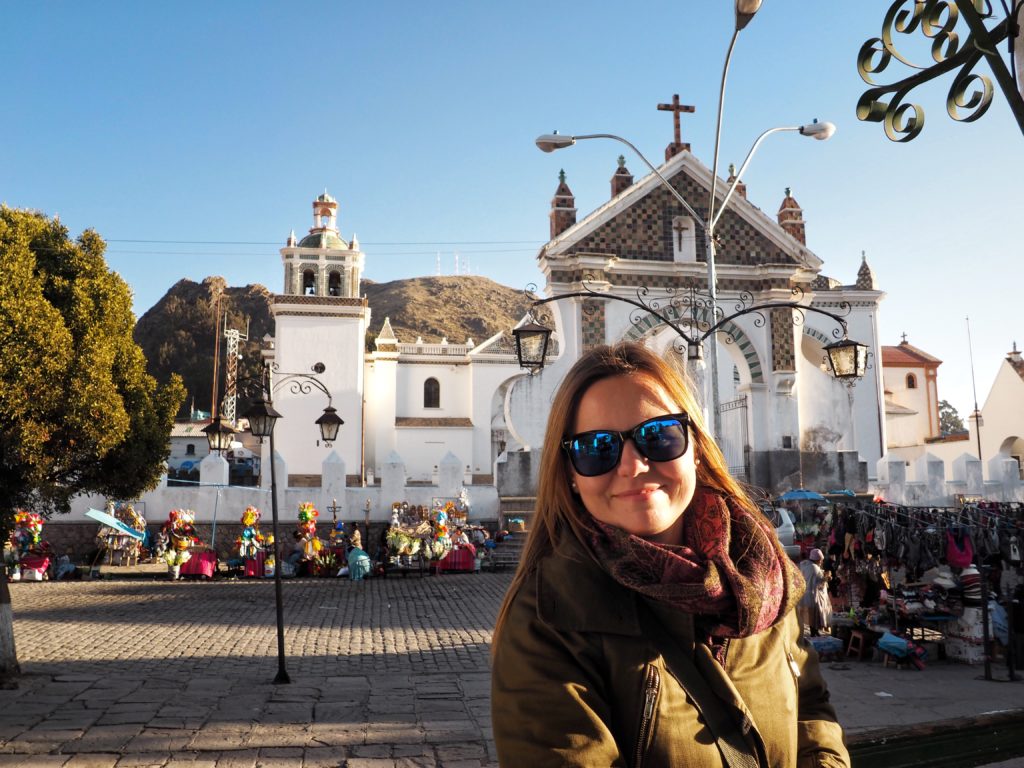
Quick facts and tips
- Copacabana is around 150 km away from La Paz.
- It is better to take the bus in La Paz from the cemetary instead of the terminal. You will have more buses to choose from and they are cheaper.
- Many frequent mini vans from La Paz, cost for a ride is 25 bolivians (BOB).
- The ride takes around 3,5 hours. Some parts of the road are without asphalt and very pumpy.
- The first part of the trip last around 2,5 hours until you get to the canal to cross the lake by boat. The passengers have to get off and purchase a boat ticket (2 BOB) and board the van on the other side.
- In Copacabana you can eat an excellent trout. I would recommend however, not to eat in those restaurants along the shore, I heard some food poioning stories from travelers that ate there. Maybe they were just unlucky.
- Copacabana is a high altitude place with strong sun. Remember to bring a hat and sunscreen. If you suffer from high altitude sickness, you can get some tips here. I would also recommend an oxygen bottles if you suffer as much as me.
- Carry change with you, we had lots of situations paying with bigger notes.
You can book your hotel here:
You can search for cheap flights here:
Bolivia is always so colorful. That’s what I love about this country most. There is so much originality there, traditions and legends. I have only been to a few places in Bolivia and I hope that one day I will go back there for more. In such a diverse country there is so much to see and do. I have been wondering what countries you would like to go back to? What do you like most about traveling?
Thank you for visititng, it is always nice to have you here. Have a lovely day, everyone.
Did you like the post? Pin it for later:
<meta name="verification" content="ea5969c7392225574cc6bfc22e212d07" />


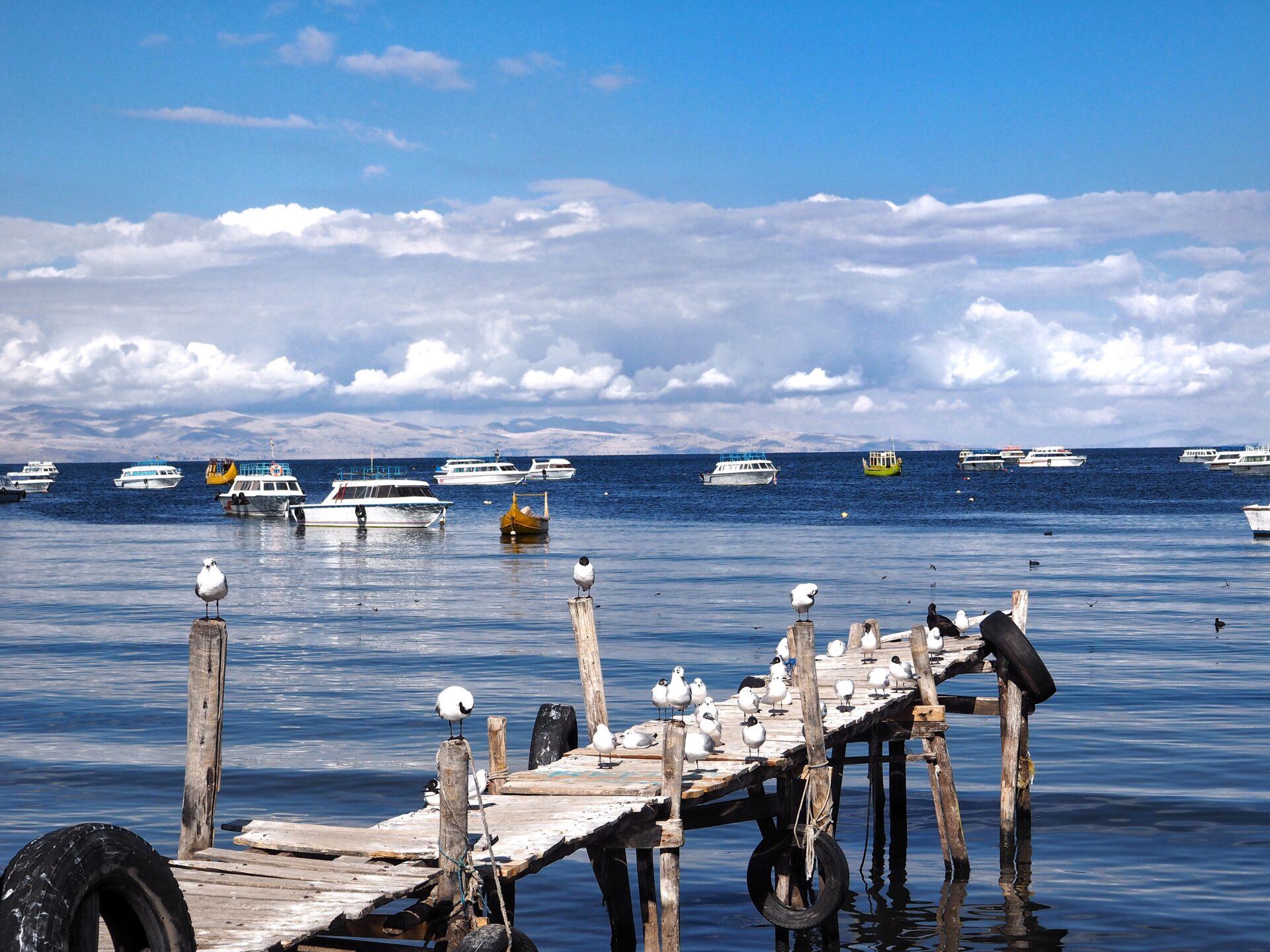
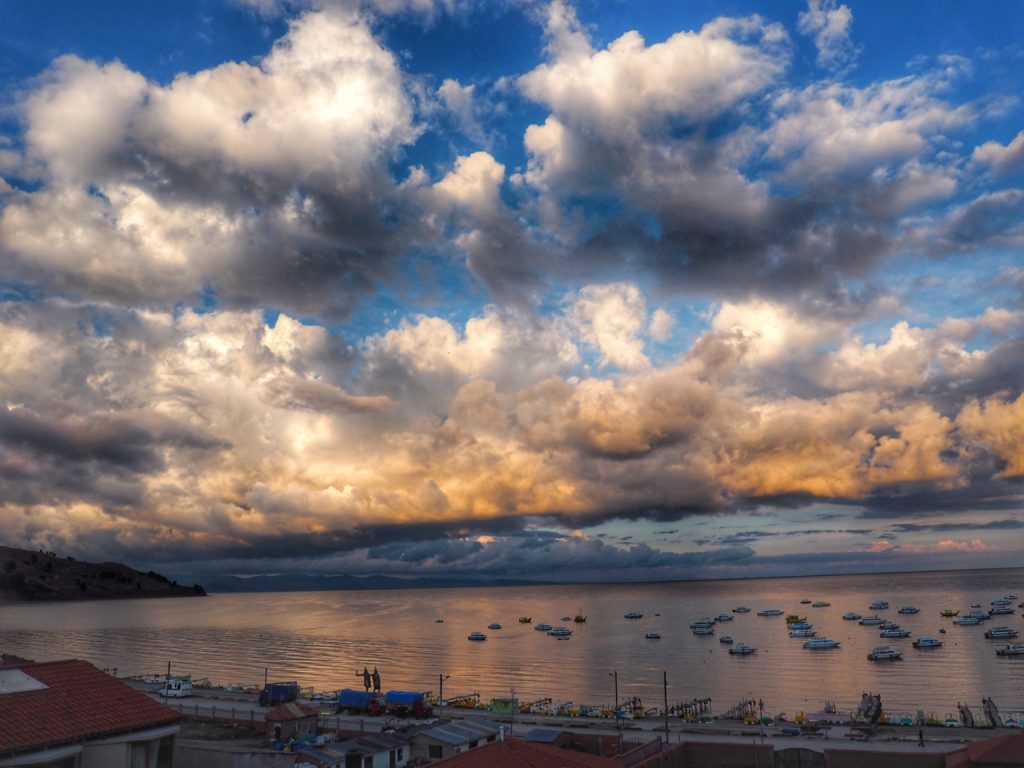
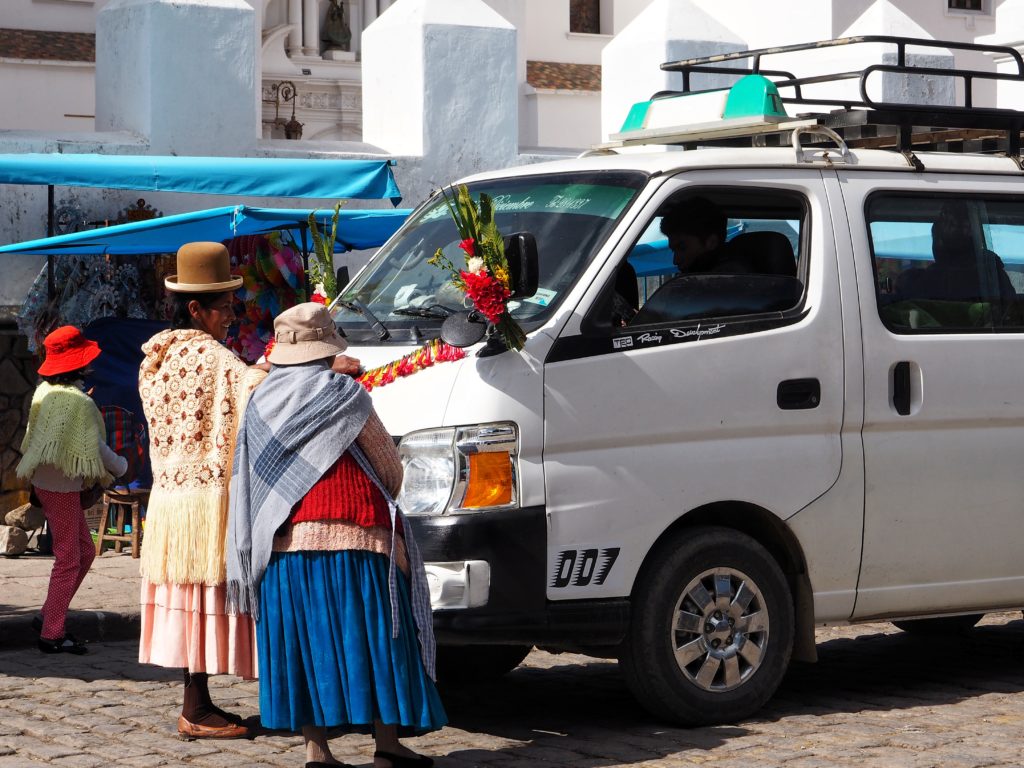
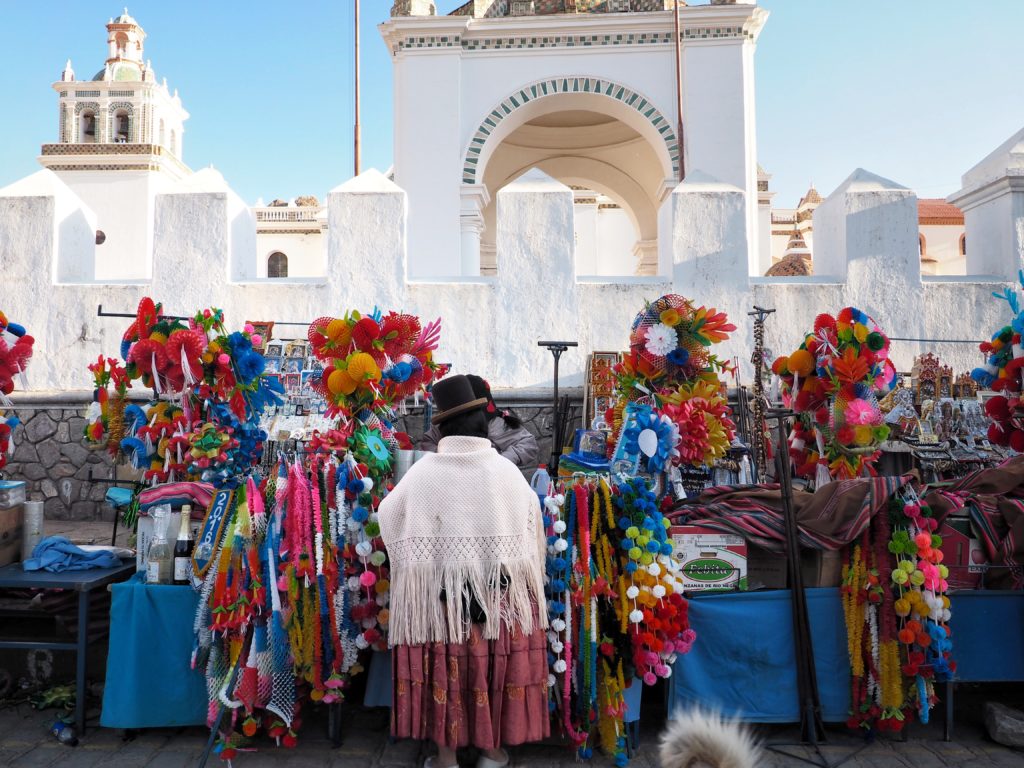
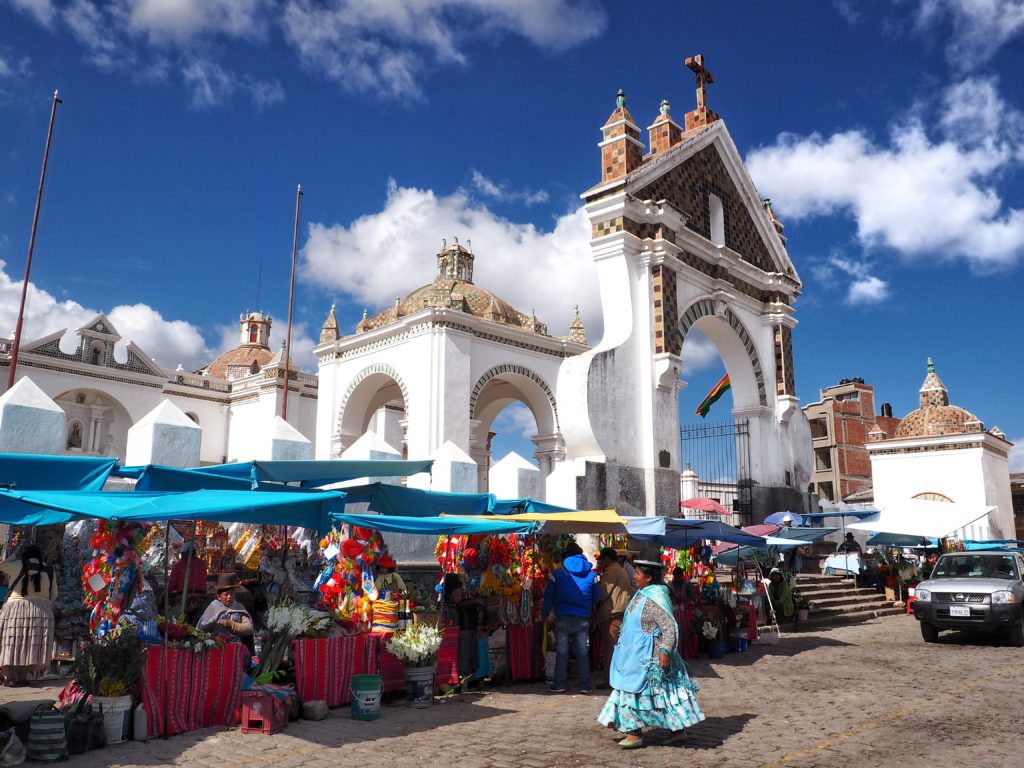

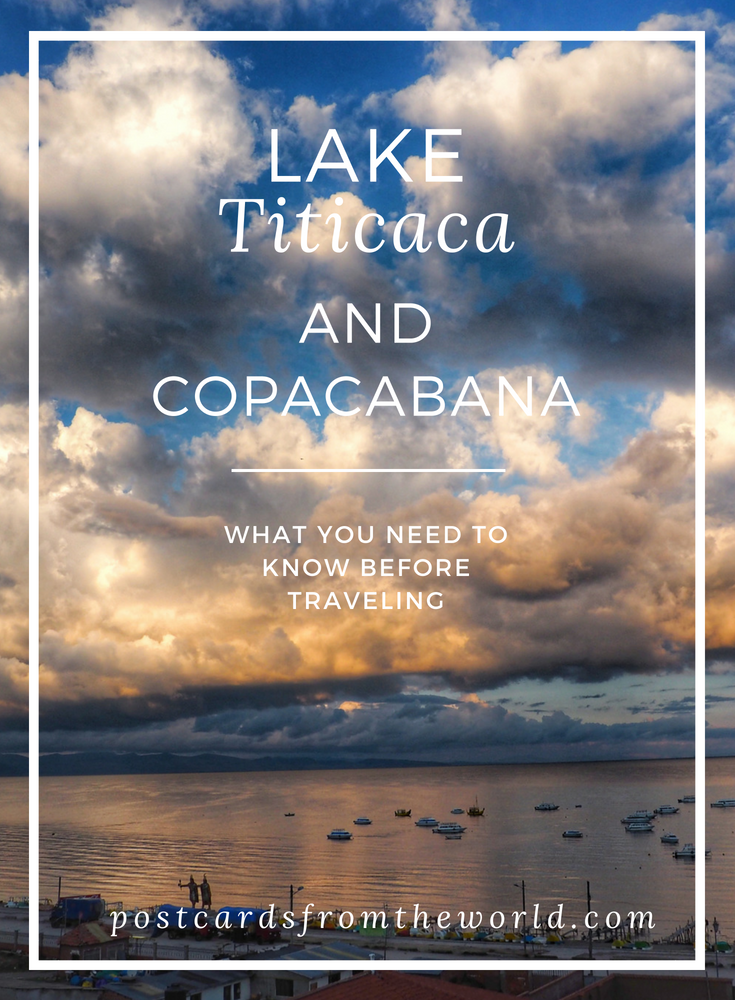
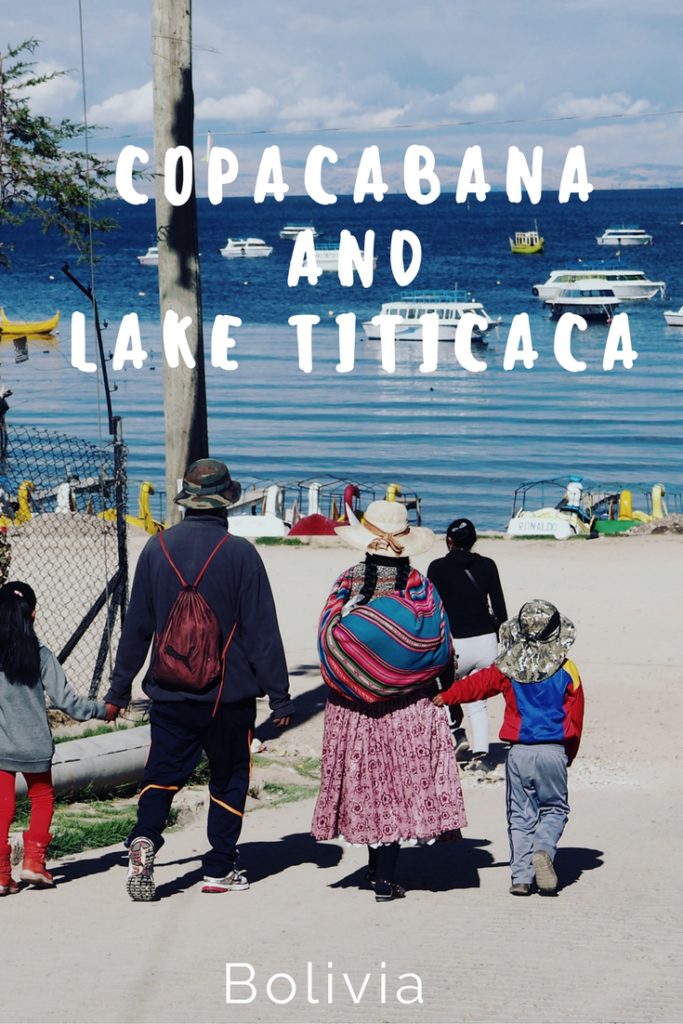
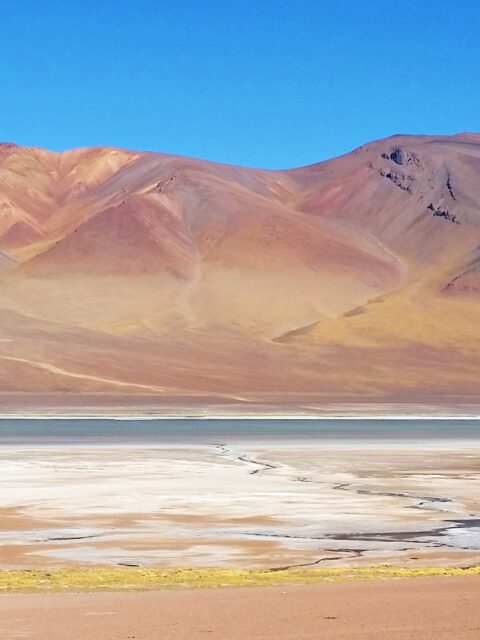
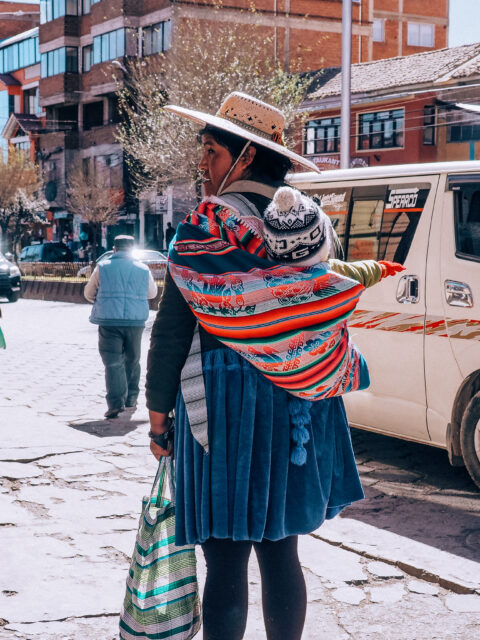
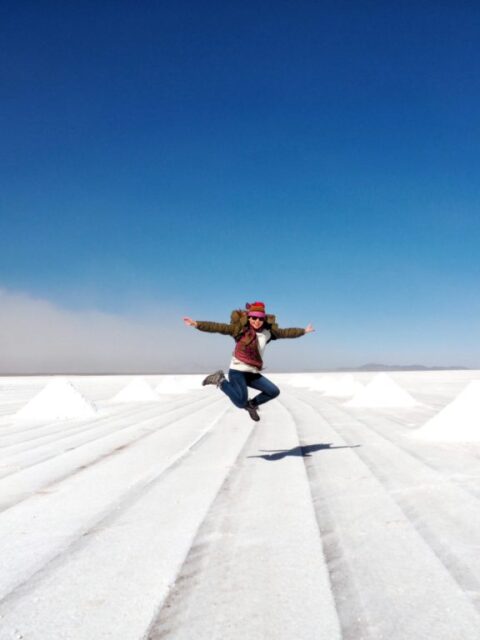
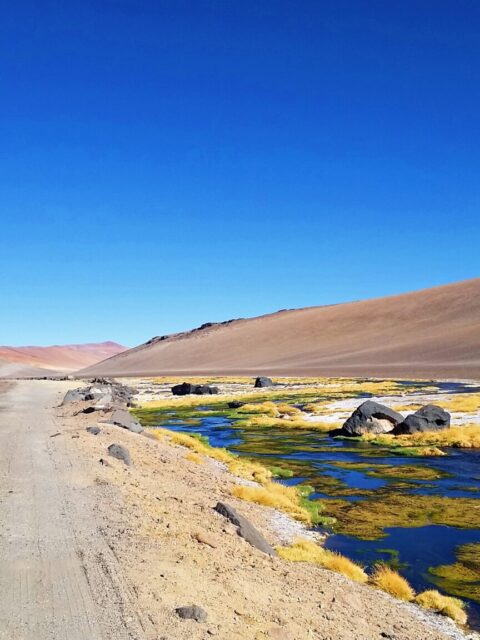
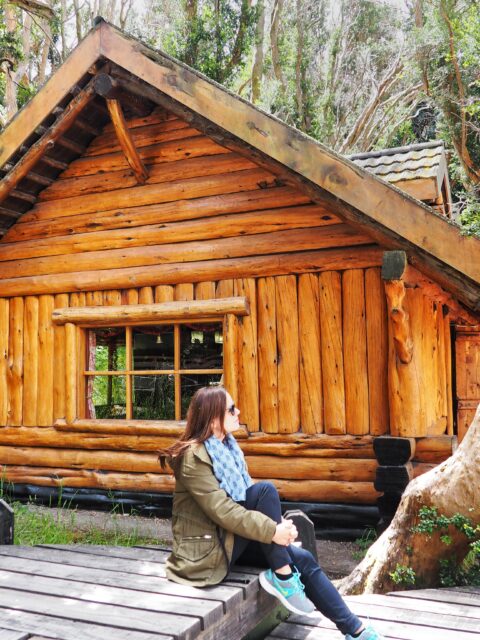
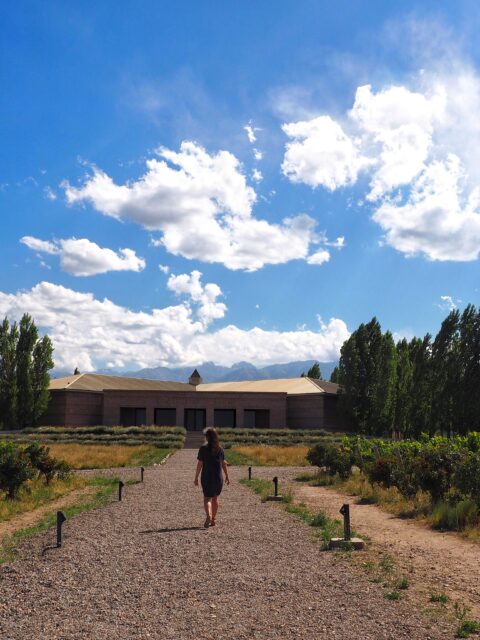
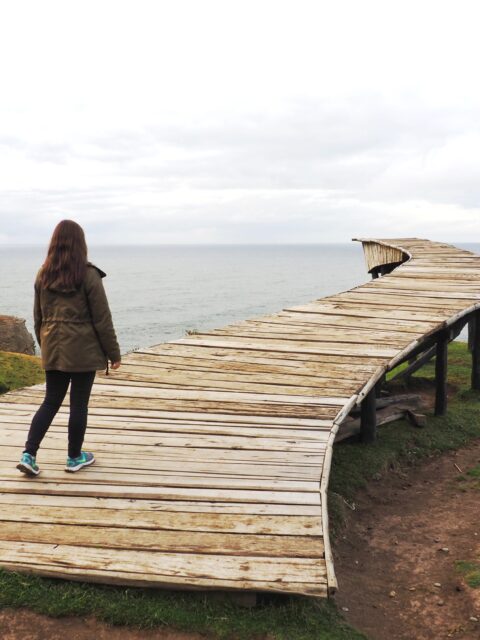
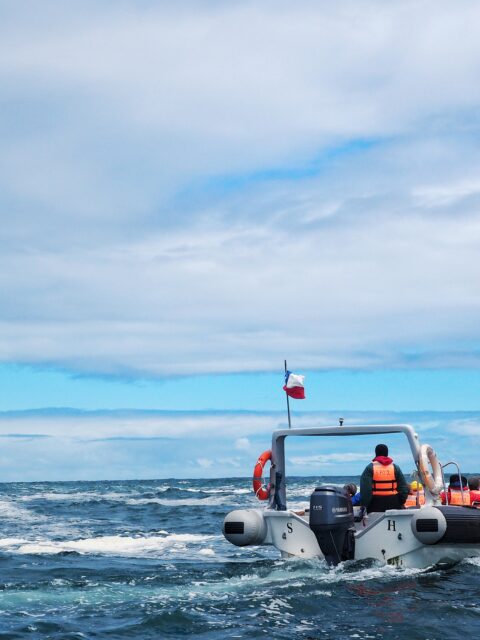




Looks like a pretty place but it sucks when you have a bullseye as a tourist. I don’t think I’d have enjoyed that either.
Frank (bbqboy)